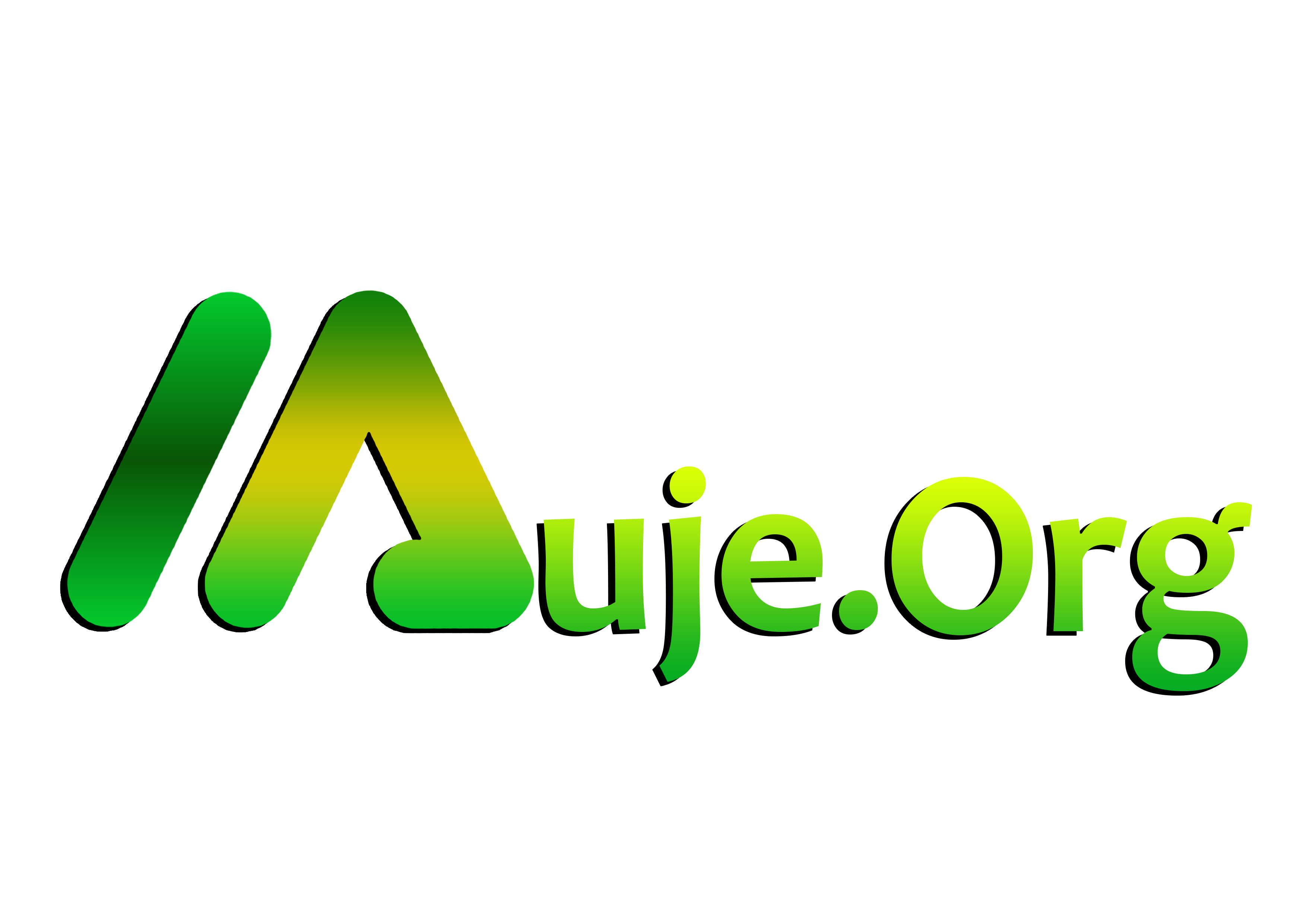
How to maximize your poker
When it comes to poker, mastering the game involves more than just understanding the rules and hand rankings. In order to truly excel, you must adopt a comprehensive strategy that encompasses various aspects of gameplay, psychology, and risk management. One of the most powerful ways to improve your skills is by understanding the intricacies of betting and pot odds. Moreover, engaging in How to maximize your poker betinexchange can also provide you with additional insights into different betting strategies and odds analysis that can be beneficial in maximizing your poker experience.
Understanding the Basics
Before delving into advanced strategies, it’s crucial to ensure you have a solid grasp of the fundamental principles of poker. This includes knowing the rules of the specific variant you are playing—be it Texas Hold’em, Omaha, or Seven-card Stud—as well as the different types of bets and actions available to you. Understanding hand rankings is also essential, as this knowledge will dictate your gameplay strategy during a hand.
Bankroll Management

One of the most effective ways to maximize your poker potential is through proper bankroll management. A well-maintained bankroll allows you to withstand the inevitable ups and downs that come with poker. Here are some tips for managing your bankroll:
- Set a Budget: Decide how much money you can afford to lose and stick to that limit.
- Choose the Right Stakes: Play at stakes that suit your current bankroll. A general rule is to have at least 20-30 buy-ins for cash games or 100 buy-ins for tournaments.
- Track Your Results: Keeping track of your wins and losses helps you make informed decisions about your gameplay and bankroll adjustments.
Mastering the Art of Bluffing
Bluffing is a vital component of poker strategy, enabling you to win pots even when you don’t have the best hand. However, effective bluffing requires careful consideration and timing. Here are some key points to enhance your bluffing game:
- Know Your Opponents: Understanding the tendencies and playing styles of your opponents can help you identify the right moments to bluff.
- Position Matters: Bluffing from a late position increases your chances of success since you can gauge the reactions of earlier players.
- Respect the Table: Consider the table dynamics; aggressive players may call your bluffs more often than tighter players.
Reading Your Opponents
A significant aspect of maximizing your poker performance is the ability to read your opponents. Observing their behaviors, betting patterns, and physical tells can provide valuable information about the strength of their hands. Here are some strategies to help you enhance your observational skills:
- Watch Betting Patterns: Pay attention to how your opponents bet during the different stages of a hand. A sudden increase in bet size could indicate strength or weakness.
- Analyze Body Language: Physical tells can be just as revealing as betting patterns. Look for signs of nervousness, confidence, or hesitation.
- Take Notes: If you’re playing online, utilize player notes to record observations about your opponents’ tendencies and strategies.

Utilizing Position to Your Advantage
Your position at the table can significantly influence your strategy. Being seated in a late position allows you to gather more information before making decisions, while an early position may require a more cautious approach. Here are some tips on how to leverage your table position:
- Play Tighter from Early Position: In early positions, play fewer hands and focus on strong starting cards.
- Take Advantage of Late Position: As you move into later positions, widen your range and take advantage of the information gained from previous players’ actions.
- Utilize Stealing Blinds: In late position, look for opportunities to steal blinds from players who are playing passively.
The Importance of Adaptability
Successful poker players understand that adaptability is key to thriving in a dynamic environment. Adjusting your strategy based on opponent tendencies, table dynamics, and game flow is essential. Here’s how to improve your adaptability:
- Be Flexible: Don’t rigidly stick to a single strategy; be willing to change your approach based on the situation.
- Review Your Play: After sessions, analyze what worked and what didn’t, considering how you can adjust your strategy in future games.
- Learn from Mistakes: Embrace errors as learning opportunities. Understand why a certain play didn’t work, and use that knowledge to improve.
Conclusion
Maximizing your poker potential requires a multifaceted approach that includes understanding game fundamentals, managing your bankroll, and adapting your strategies in real time. By honing your skills in bluffing, reading opponents, and leveraging table position, you will develop a robust game that can stand up to various challenges. Remember, poker is not only about the cards you hold but also about how you play them. Continuous learning and practice will lead to increased confidence and greater success at the poker table. Embrace the journey, and most importantly, enjoy the game!
